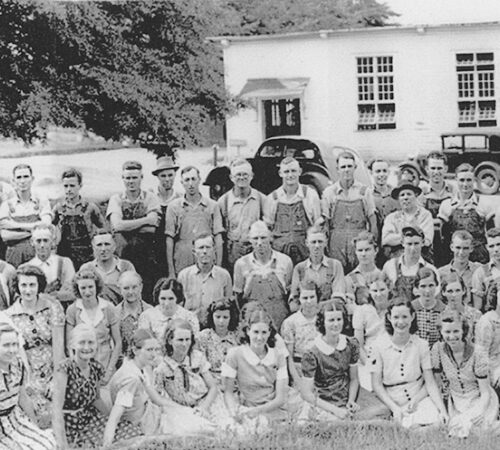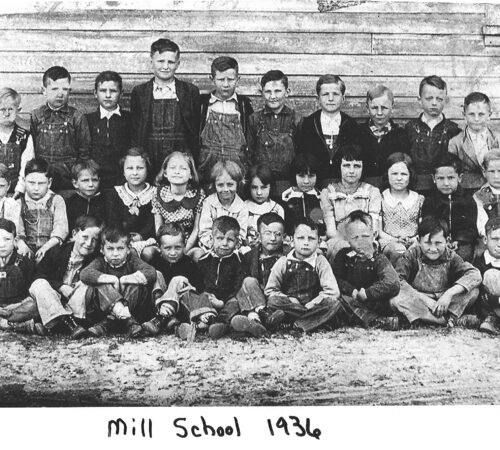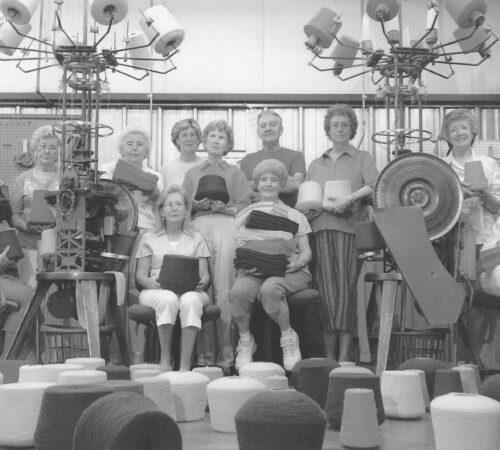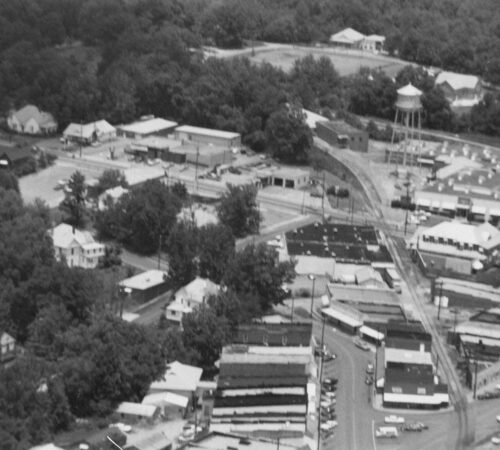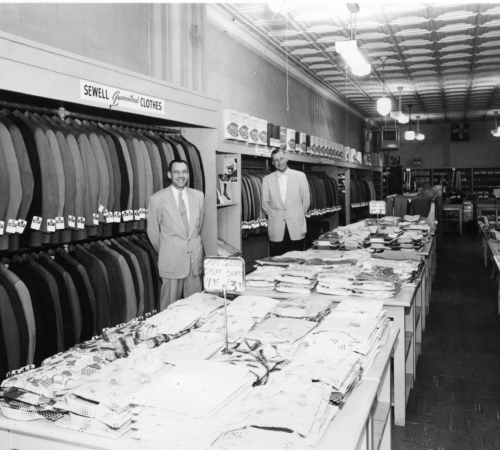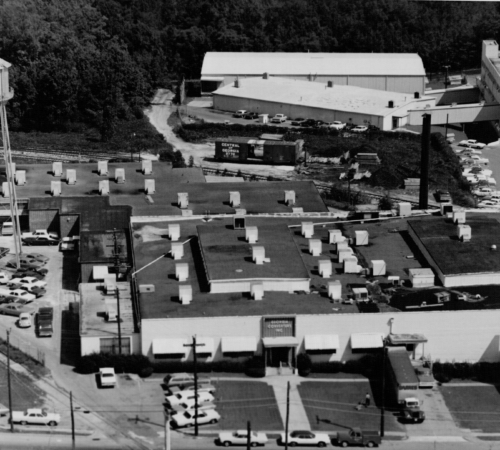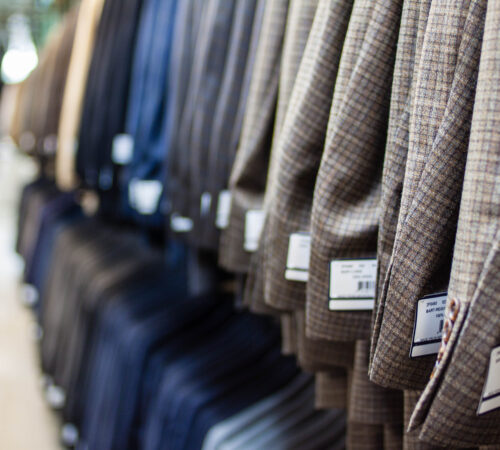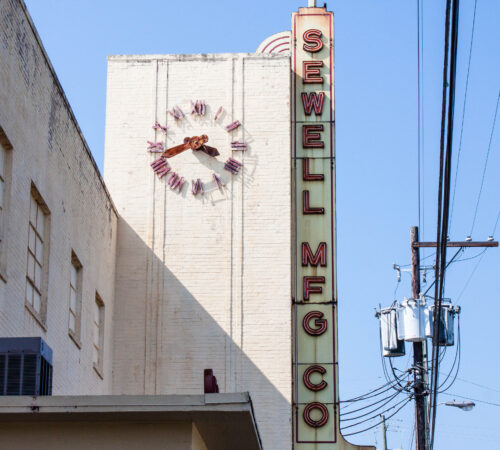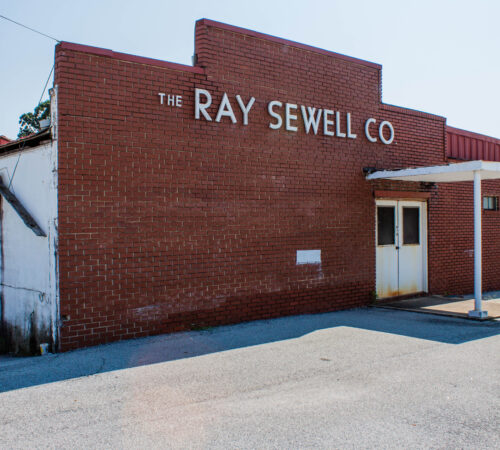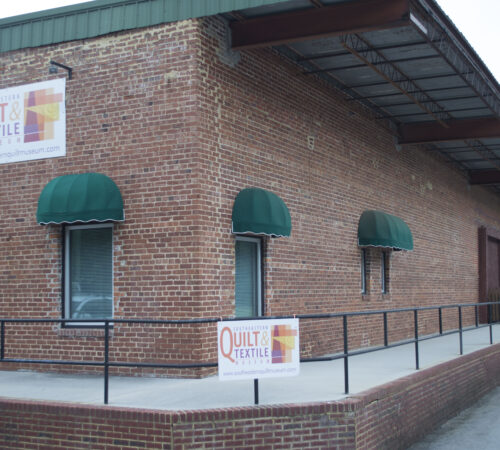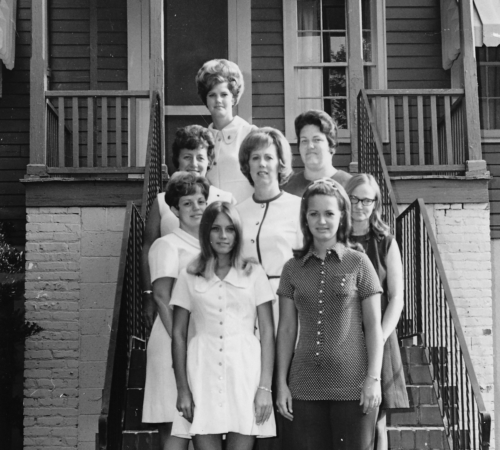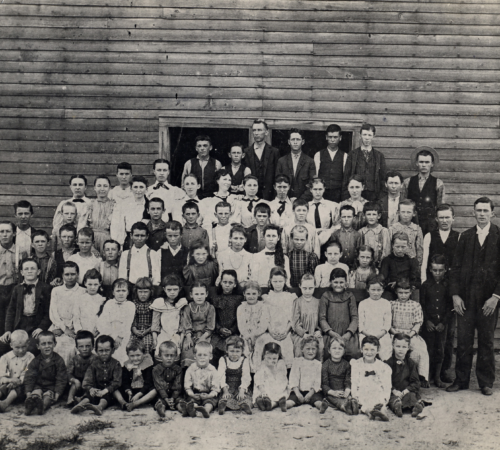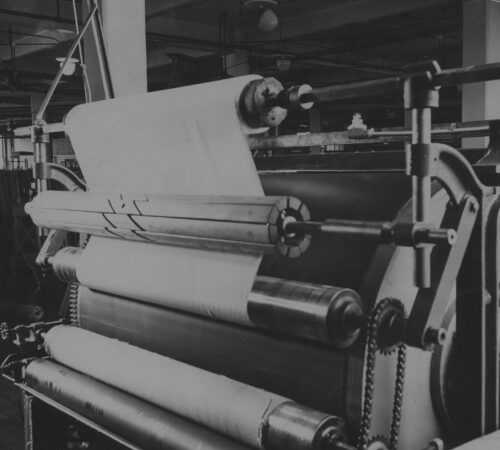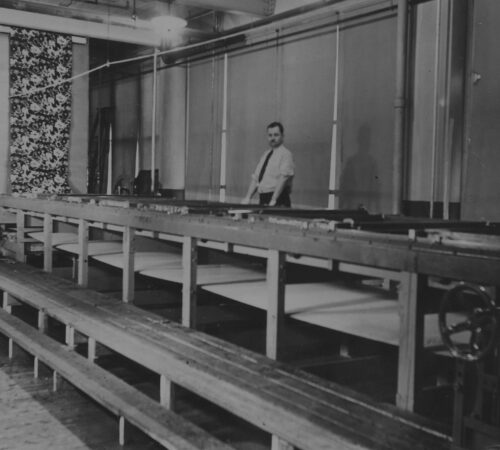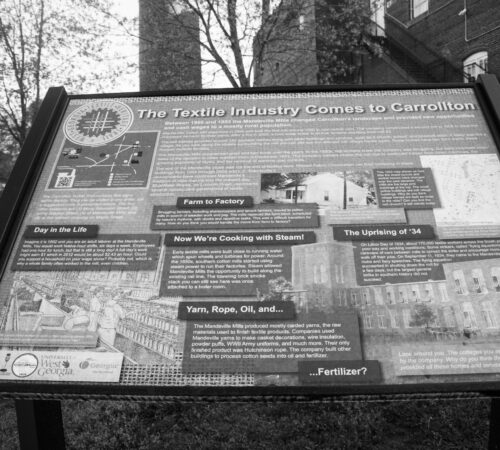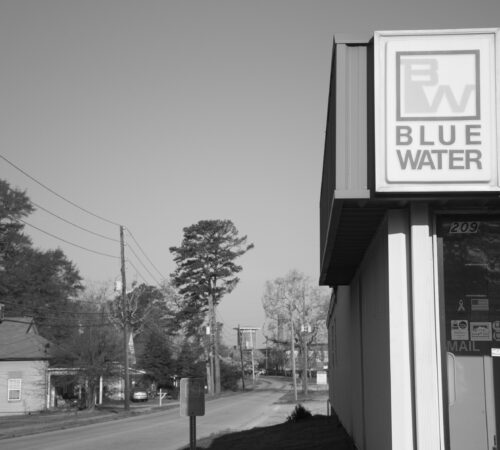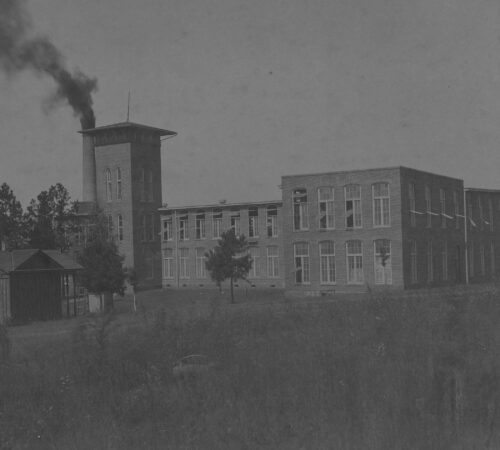The adjacent industrial community of Fullerville influenced the thriving hosiery industry in this community.
Visit
Things to Do
- “The Mill” Amphitheater, Main Street: Located in downtown Villa Rica, The Mill is at the former location of the Golden City Hosiery Mills and is located on the north side of the railroad. The Mill hosts a variety of events and community programs.
Places to See
The following properties are not open to the public, but you can view them from the exterior to learn more about the buildings that supported the textile industry here.
- Historic Downtown Villa Rica: Explore the historic downtown that supported the thriving hosiery trade in this community. On the north side of the railroad tracks is an old cotton warehouse, now transformed into apartments. The North Villa Rica Commercial Historic District of eighteen buildings, including antique stores, the police department, restaurants, and other businesses, was added to the National Register of Historic Places on December 31, 2002. The boundaries of the district are North Avenue, East Gordon St, West Church St, and the Southern Railroad line.
- Villa Rica Hosiery Mills and Fullerville, 600 Rockmart Road: Acting as one of the former economic cores of Villa Rica, this mill can still be viewed in the heart of its mill village of Fullerville. It is located at the corner of Rockmart Road and Dogwood Street. Many of the homes along these roads, which surround the mill, are part of the Fullerville community and housed the workforce for Villa Rica Hosiery Mills and the nearby Villa Rica Cotton Mills.
History
For over a century, the community of Fullerville played a major role in Carroll County’s textile history. Incorporated in 1916 and located adjacent to the historic community of Villa Rica, Fullerville is home to a historic textile mill and hosiery mill, a mill school, a one-room jail, and over sixty carefully arranged homes built by the mill company for its employees.
In 1906, Judson Fuller founded the Villa Rica Cotton Mill in Fullerville. Building off this success, his three sons established the Villa Rica Hosiery Mill in 1911 to produce men’s socks. Villa Rica Hosiery Mill employed 50 employees, both men and women, by the 1920s. The company built a company town that features several different styles of mill homes.
The financial success of the Fullerville mills led to the creation of other hosiery operations in adjacent Villa Rica. Rica-Tex Hosiery Mill opened in 1927, followed by Golden City Hosiery Mills two years later. These companies opened near the railroad in the downtown area. By 1935, Carroll County became a center of the hosiery industry, and Villa Rica was one of the hubs.
Textile production in Villa Rica boomed during World War II when companies acquired government contracts to produce socks for the military. After the war, between three to six hosiery companies operated in Fullerville and Villa Rica through the 1980s. The passage of the North American Free Trade Agreement (NAFTA) in 1994 ultimately brought an end to hosiery production in Villa Rica.
Charter Trail Members
Resources to Explore
Click on the following links to learn more about this region.
- Carroll County Driving Tour
- Fullerville Walking Tour
- Facts for Kids
- Digital Library of Georgia
- Georgia Archives Virtual Vault
- Georgia Historical Society
- Carroll County, New Georgia Encyclopedia
Back to Community List
Email the Trail at wgtht@westga.edu or visit our Contact Us page for more information.
